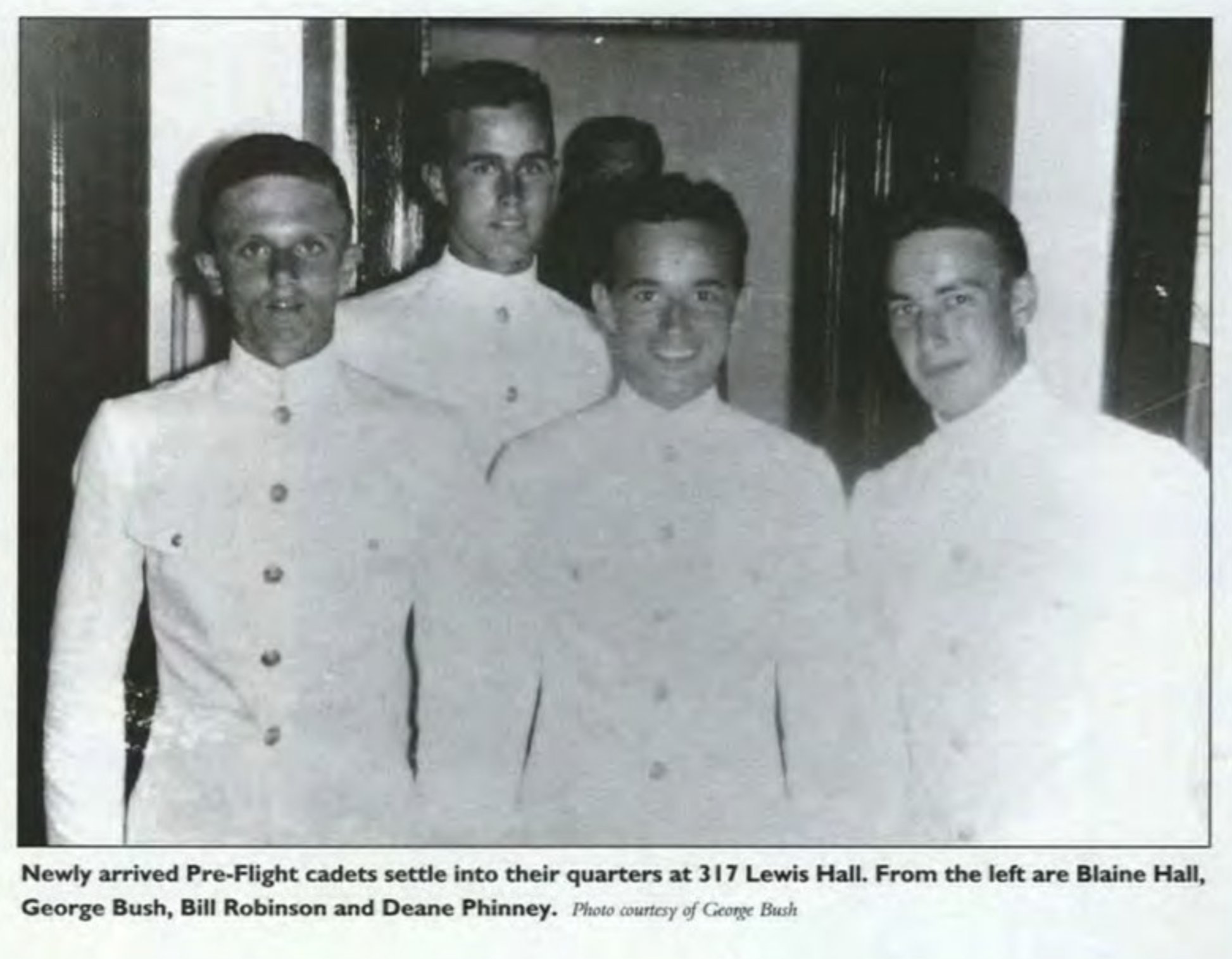
The campus of the University of North Carolina has been host to its fair share of history since the school’s foundation. As the oldest public university in the United States, there’s plenty of history to talk about — from some of the first men in space learning to navigate by stars in Morehead Planetarium to a Cold War-era bunker that housed a supercomputer.
The World War II era is continually fascinating, for historians and the general public alike. In 1932, Frank Porter Graham was elected President of the entire UNC system, a position that he held for 17 years. Graham would eventually serve on United Nations Commissions and in the United States Senate, but following the events of Pearl Harbor in 1941, he began to push UNC-CH toward supporting the war effort.
Graham has served in WWI, and lobbied for UNC to stage a Navy Pre-Flight Training program. One of four schools selected nationwide to host young up-and-coming pilots, UNC also housed several other military support schools and programs, from a Marine training unit to an Army geography and language study program. UNC’s language departments began to teach Russian and Japanese as the entire United States pulled together to fight in multiple theaters of war.
Among the over 18,000 men who lived and learned at UNC during WWII, there are no shortage of notable names. The future president of France, Charles de Gaulle, was a French cadet who was smuggled out of France as his country surrendered to the German war machine. John Glenn, Gerald Ford, Ted Williams and Paul “Bear” Bryant passed by the Old Well, and George H.W. Bush spent time walking the campus of Blue Heaven.
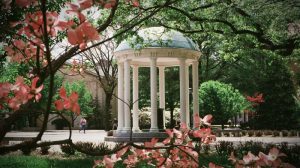 “I found Chapel Hill to be extremely beautiful,” wrote Bush in response to questions from the Carolina Alumni Review. “But the cadets were worked pretty hard, so we didn’t get much time to enjoy the town. Barbara did come to visit me once. We went out to Keenan [sic] Field for a romantic walk. I believe we saw a football game, too.”
“I found Chapel Hill to be extremely beautiful,” wrote Bush in response to questions from the Carolina Alumni Review. “But the cadets were worked pretty hard, so we didn’t get much time to enjoy the town. Barbara did come to visit me once. We went out to Keenan [sic] Field for a romantic walk. I believe we saw a football game, too.”
Bush’s mother recalled letters from her son, telling of Barbara’s visit before she married George. He spoke to her of touring the campus with his future wife, a picnic lunch and getting caught in the rain in a grove of pine trees close to Kenan Stadium.
Physical reminders of the militarization of UNC and an entire nation mobilized for war across two oceans can be seen in the still-standing ROTC armory and memorial on Cameron Avenue between Phillips and Memorial halls, and memories like the ones shared by George H.W. and Barbara Bush hold just as much – if not more – value.
Related Stories
‹
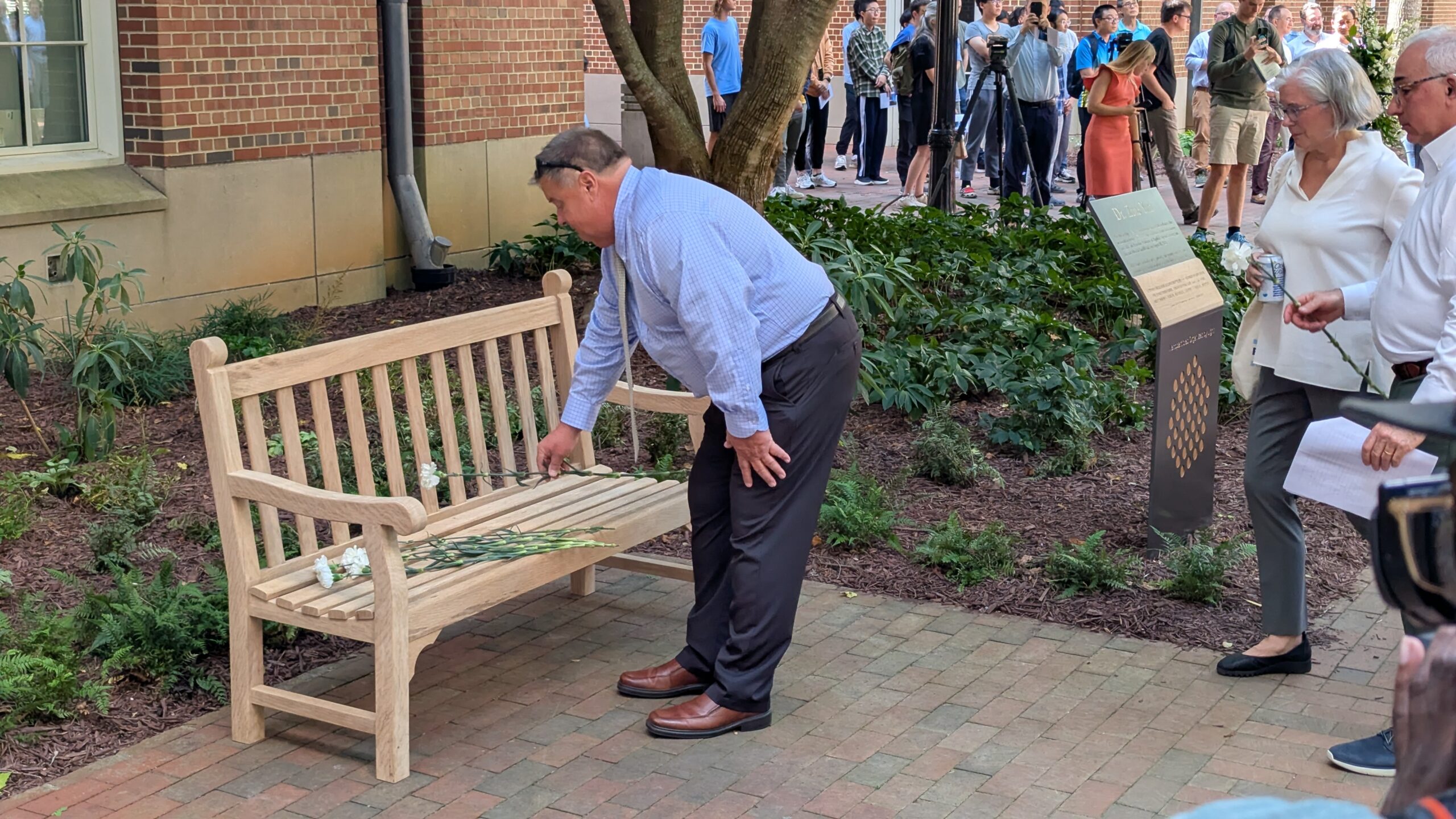
UNC Marks 2 Years Since Zijie Yan's Fatal Shooting With Memorial Bench Dedication and LectureUNC leaders and the applied physical sciences department held a memorial event Thursday for the two-year anniversary of Zijie Yan's death.
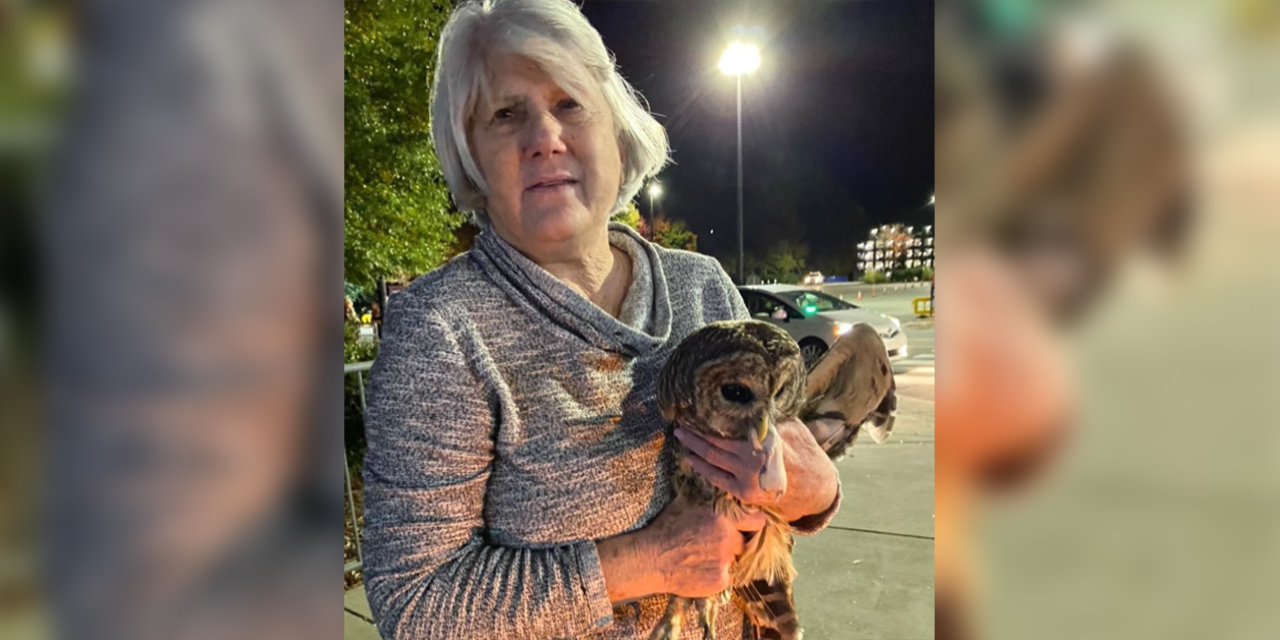
Owl Swoops in To Attack UNC First-Years Who Dare Get In Its WayStudents at Hinton James residence hall, a first-year dorm at UNC commonly known as HOJO, faced an oddly unique obstacle this semester. A brown, furry owl was prowling around HOJO — swooping at those who dared to step in its path.
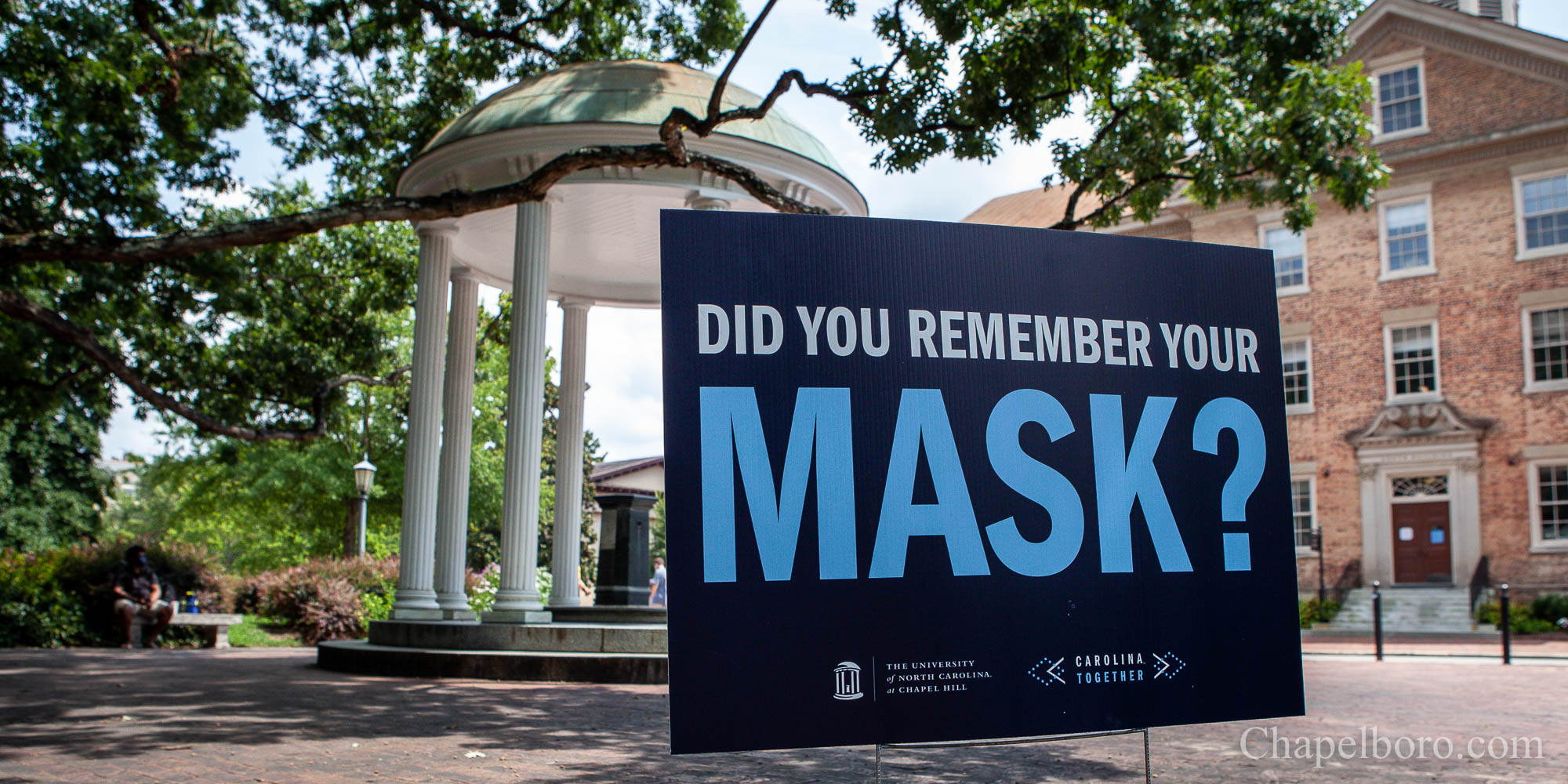
UNC Pivots From In-Person Learning, to Begin 2021 RemotelyAs the number of COVID-19 cases within North Carolina continue to skyrocket, UNC announced that it will begin it’s spring semester remotely. In a message to the campus community on Thursday, Chancellor Kevin Guskiewicz revealed all undergraduate classes will be held remotely for the first three weeks of the spring semester. The start date for […]
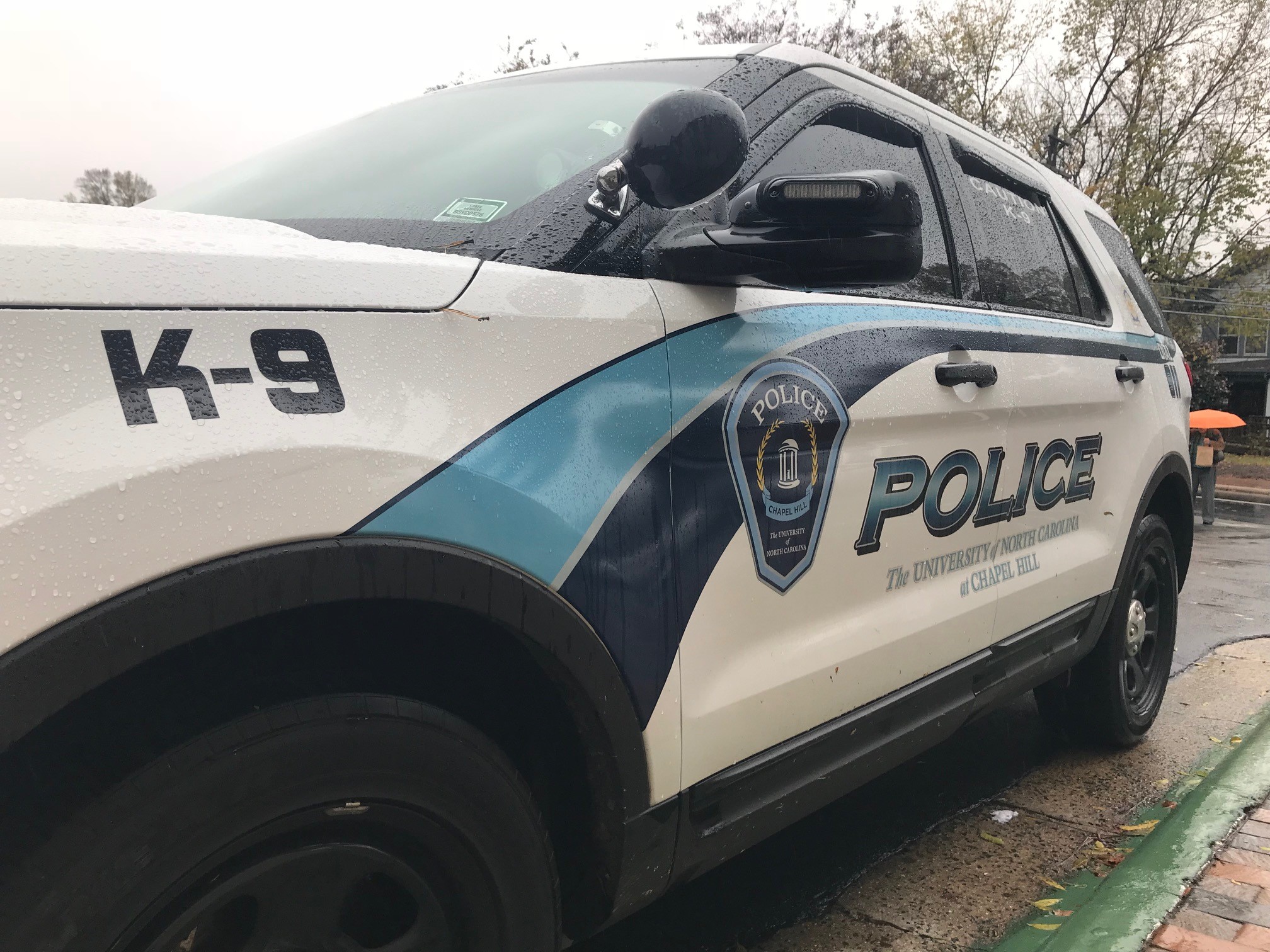
UNC Chancellor Addresses Recent 'Disturbing Incidents' Involving CampusUNC’s interim chancellor is addressing safety concerns on the campus following two “disturbing incidents.” Interim Chancellor Kevin Guskiewicz issued a statement Thursday evening saying that the university is “deeply committed to ensuring that our campus, as well as the surrounding areas, are safe for our students, faculty, staff and visitors.” The message to the campus […]
![]()
DTH Editor-In-Chief Looks Ahead In 2014-15The Daily Tar Heel’s new Editor-in-Chief, Jenny Surane, took over officially on Saturday, and as classes began at UNC, she stopped by the WCHL Studios to share what she sees is in store for the University community in 2014-15. ***Listen to the Interview*** https://chapelboroaudio.s3.amazonaws.com/2014/08/19/dth%20eic%20JENNY%20SURANE%20edited.mp3
![]()
Memorial for Slain UNC Professor Held This SaturdayA memorial service will be held at 4 o’clock tomorrow at the UNC Memorial Hall in remembrance of UNC professor and cancer researcher, Feng Liu, who was robbed and fatally beaten near Ransom Street and West University Drive last Wednesday.
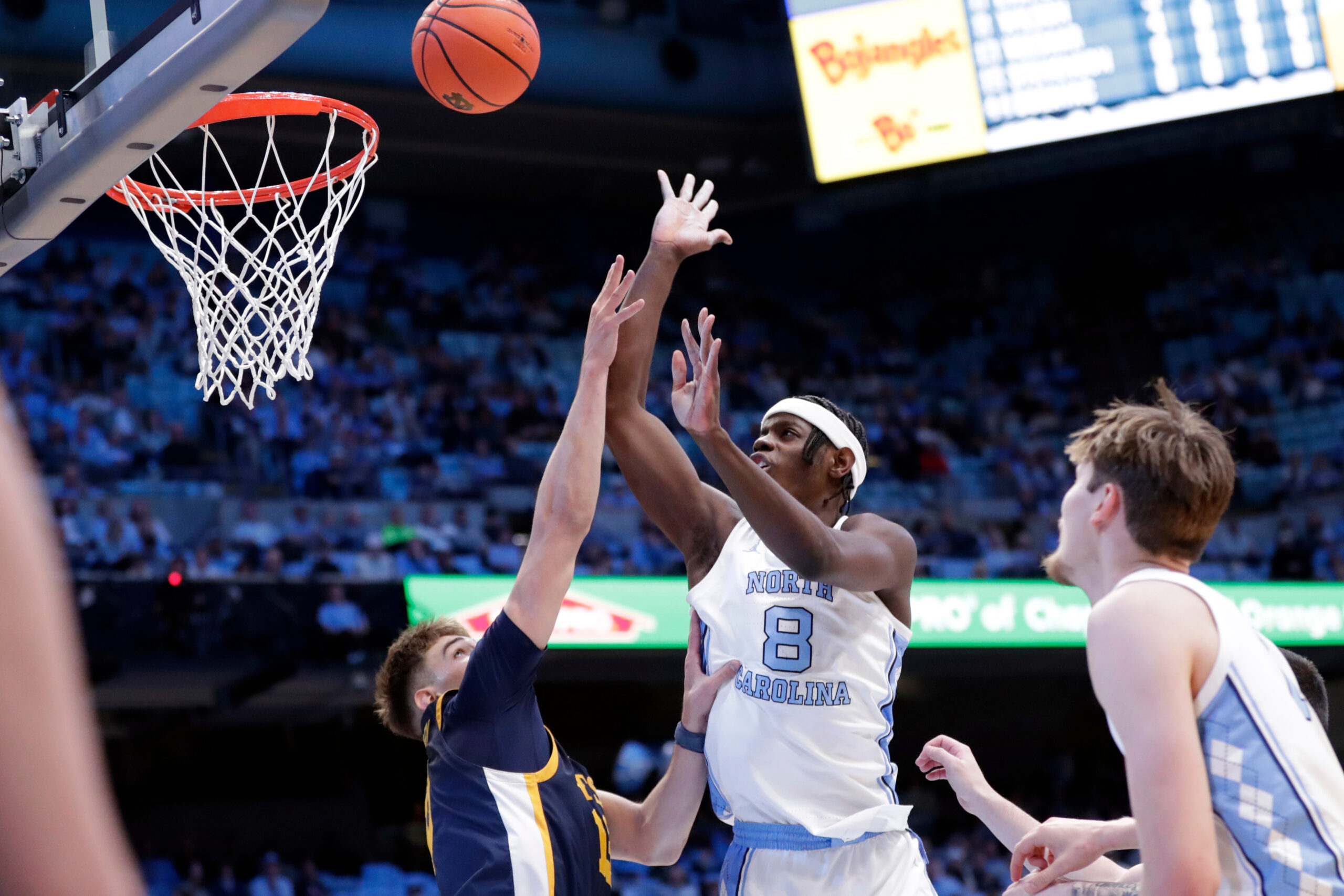
UNC's Caleb Wilson Named ACC Freshman of the WeekAfter scoring 20 points in back-to-back wins against East Tennessee State and Ohio State, UNC forward Caleb Wilson was named the ACC’s Freshman of the Week Monday afternoon. ACC Freshman of the Week ☑️ 🔗 https://t.co/KmWwxRoYiW pic.twitter.com/SxoupJpsWA — Carolina Basketball (@UNC_Basketball) December 22, 2025 Wilson’s also averaged 11.5 rebounds, 2.0 assists and 1.5 blocks per […]
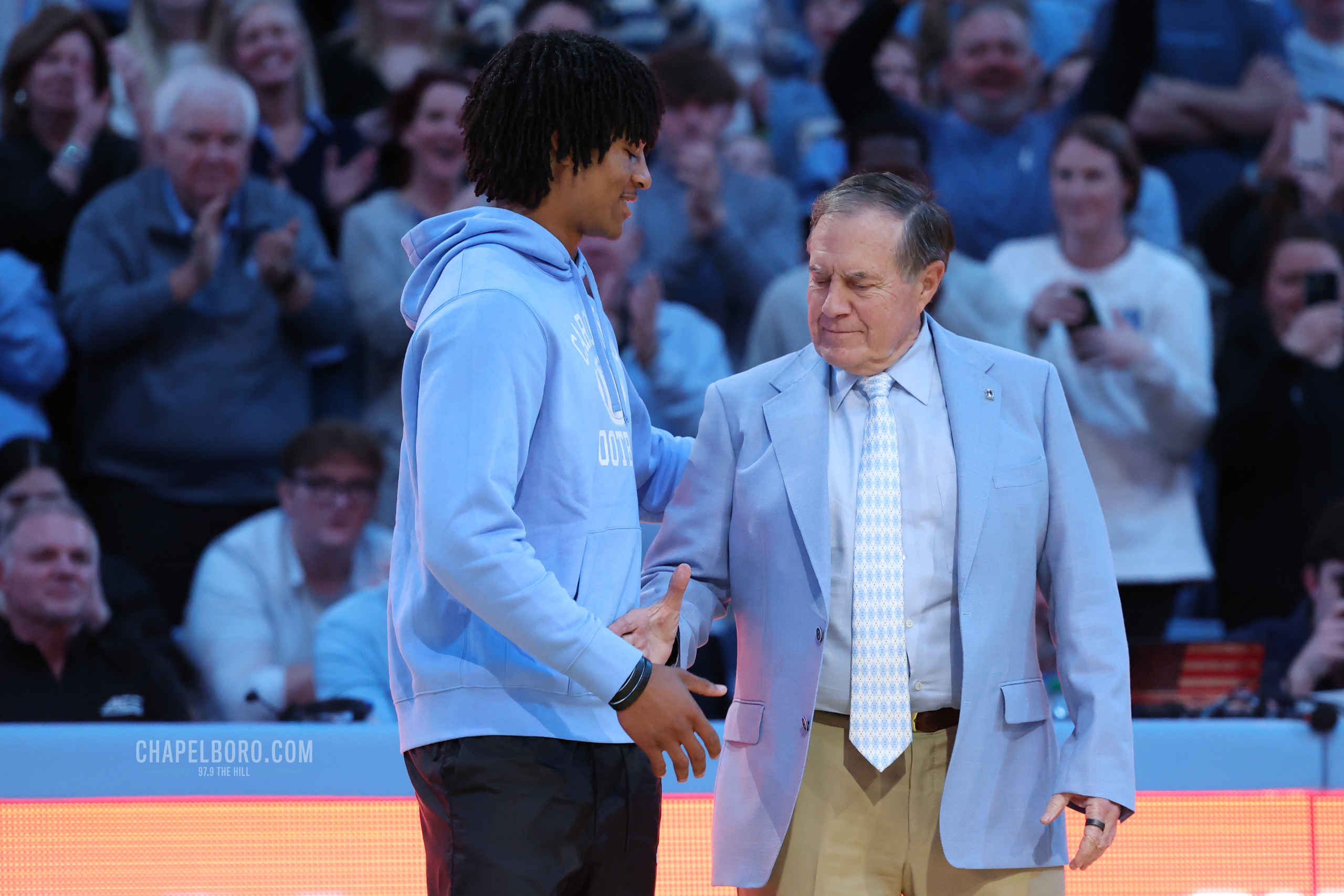
Report: UNC QB Bryce Baker Plans to Enter Transfer PortalAccording to numerous sources, UNC true freshman quarterback Bryce Baker is planning to enter the transfer portal once it opens Jan. 2. Hayes Fawcett of On3 Sports first reported the news. BREAKING: North Carolina true freshman QB Bryce Baker is entering the @TransferPortal, @On3Sports has learned He was ranked as a Top 65 Recruit (No. […]

Top Stories of 2025: Federal Funding Cuts Hit UNC, Nonprofits and Local ResidentsOne of the defining stories of 2025 was the impact of federal funding cuts on our community - from nonprofits to research and beyond.
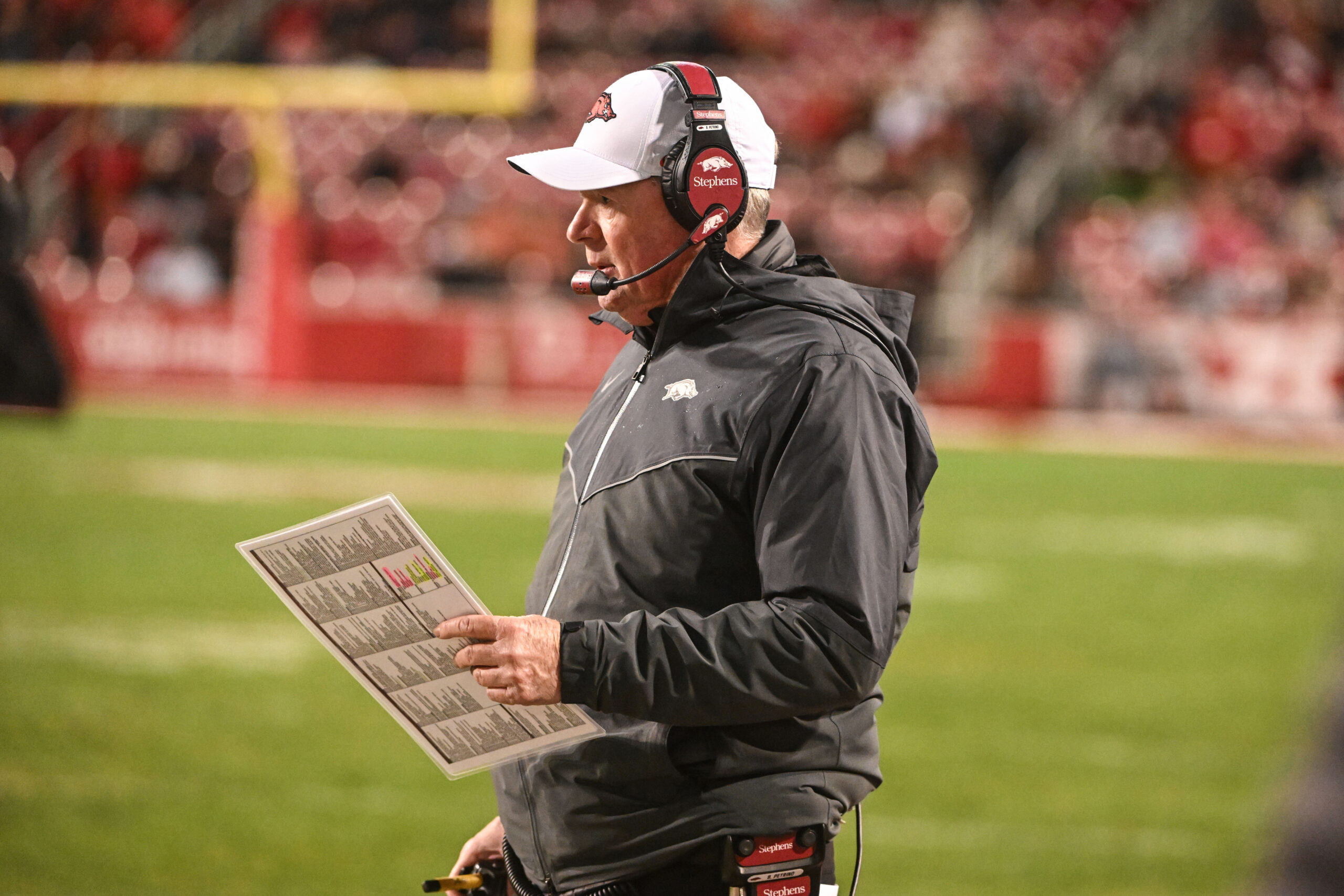
Report: UNC Football Hiring Bobby Petrino as Offensive CoordinatorAccording to reports from Inside Carolina and On3 Sports, UNC is hiring Arkansas’ Bobby Petrino as its next offensive coordinator. Petrino will replace Freddie Kitchens, who was fired after his lone season calling plays in 2025. The UNC offense fizzled more than it popped under Kitchens’ leadership. The Tar Heels were one of just two […]
›

 “I found Chapel Hill to be extremely beautiful,” wrote Bush in response to questions from the Carolina Alumni Review. “But the cadets were worked pretty hard, so we didn’t get much time to enjoy the town. Barbara did come to visit me once. We went out to Keenan [sic] Field for a romantic walk. I believe we saw a football game, too.”
“I found Chapel Hill to be extremely beautiful,” wrote Bush in response to questions from the Carolina Alumni Review. “But the cadets were worked pretty hard, so we didn’t get much time to enjoy the town. Barbara did come to visit me once. We went out to Keenan [sic] Field for a romantic walk. I believe we saw a football game, too.”








